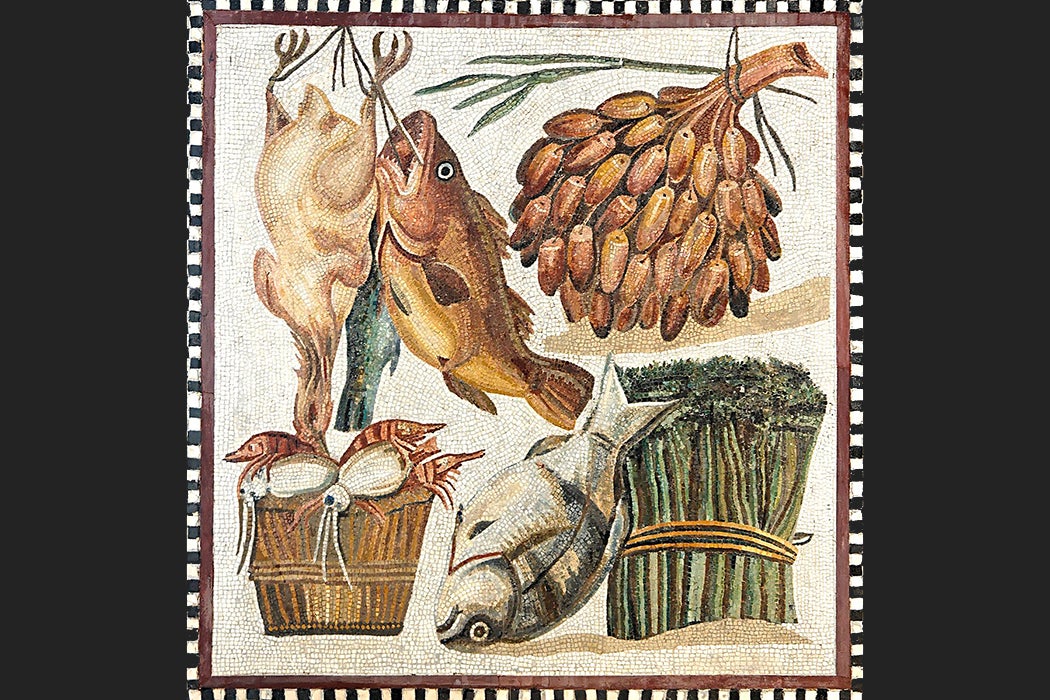What do your tastes in food say about you? For example, do you prefer American cheese or brie? Would you rather dine out at the Olive Garden, or that cozy Italian place uptown? And what do you think about people who make the opposite choice?
Food preferences can define social status and economic class with remarkable precision. But that hasn’t always been true. Archaeologist Benjamin Peter Luley explores how the division of upper- and lower-class cuisine may have arrived in that bastion of fancy eating, France, more than 2,000 years ago.
Luley begins by considering artifacts dating from the Iron Age, around 750 to 125 B.C.E., from Celtic-speaking settlements in Mediterranean Gaul. During that time, it looks like almost everyone cooked their food in locally-made ceramic pots designed to be set directly in a fire. Archeologists did find a small number of shards that looked like they came from imported Roman and Greek cooking tools, but they were scattered at different sites around the community, not concentrated in wealthy households.
What, exactly did people eat? Probably a lot of grains—barley, wheat, and millet—along with legumes, fruits, vegetables, and, for those living on right on the Mediterranean, fish and saltwater mussels. They likely used the pots to boil these ingredients together, and maybe also to make beer.
Meat, particularly from large animals like cattle, was probably mostly eaten at festivals, given the expense of slaughtering animals. Luley writes that wealthier people in these communities may have eaten more meat than poorer ones, but the most likely way that status played out was simply that people of higher classes ate more of whatever was available.
Want more stories like this one?
The Roman conquest of Gaul at the end of the second century B.C.E. changed all that. In Rome, rural people ate much like the Gauls, but that food was understood to be “low” peasant cuisine. In contrast, elites were expected to eat food that was very much an acquired taste, featuring odd ingredients and specialized preparation. A satirical depiction of these feasts in Petronius’s Satyricon features a dish representing the twelve signs of the zodiac, including for “Virgo, the womb of a barren sow.”
Apparently, at least some of this attitude found its way to Gaul, particularly elite urban sites like the civitas capital of Nemausus and the important Roman colony Narbo Martius. By the first century C.E., cooking pots in the elite houses were largely replaced by Roman cooking vessels. This and other archeological evidence suggest that the upper classes in these cities ate baked egg dishes, flavored their food with imported olive oil and spices, and used individual dining sets. In these households, Luley writes, the cooking may have been done by slaves trained in Rome. In any case, it represented a new way of connecting food and social status that is still with us today.







